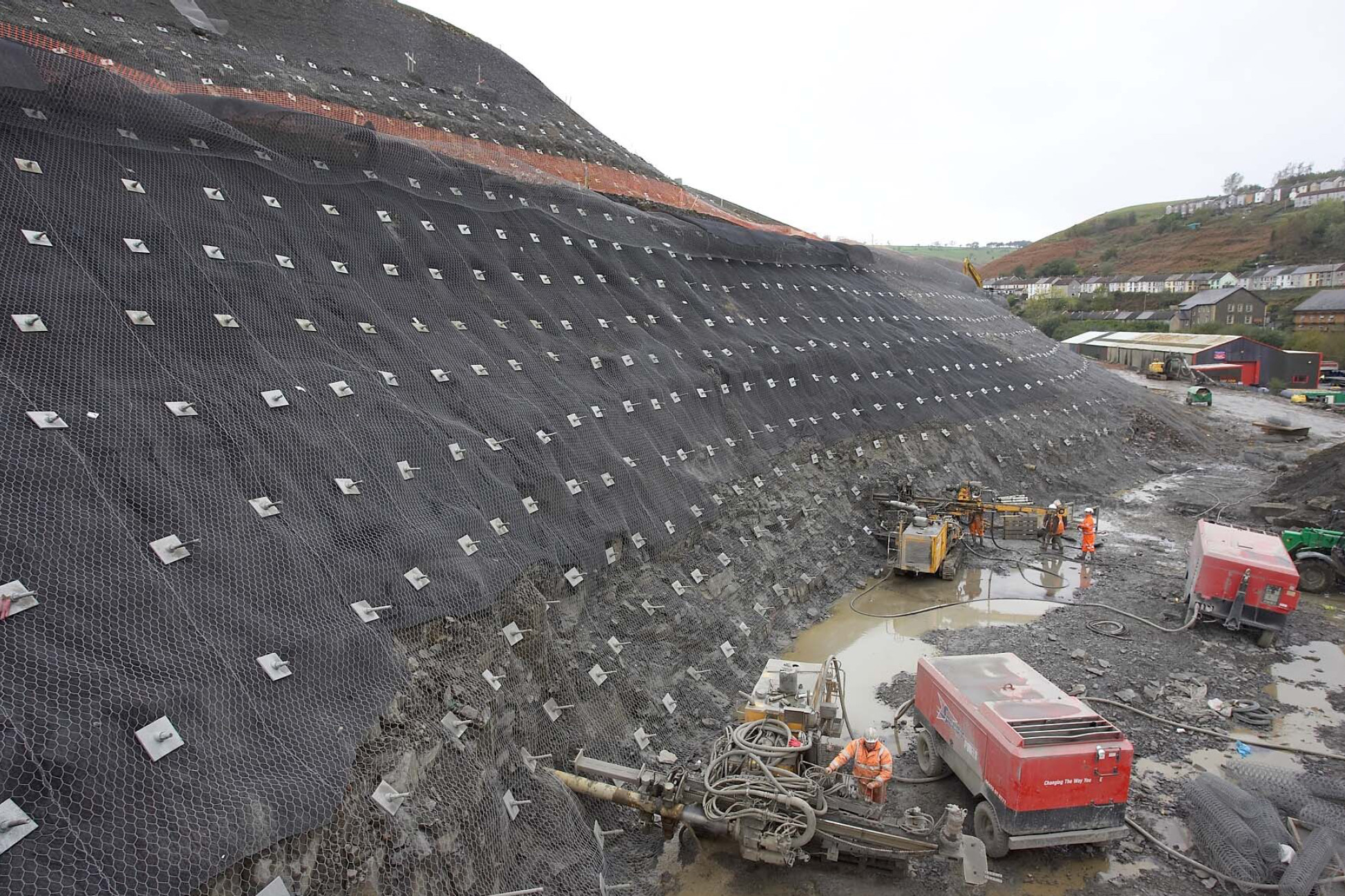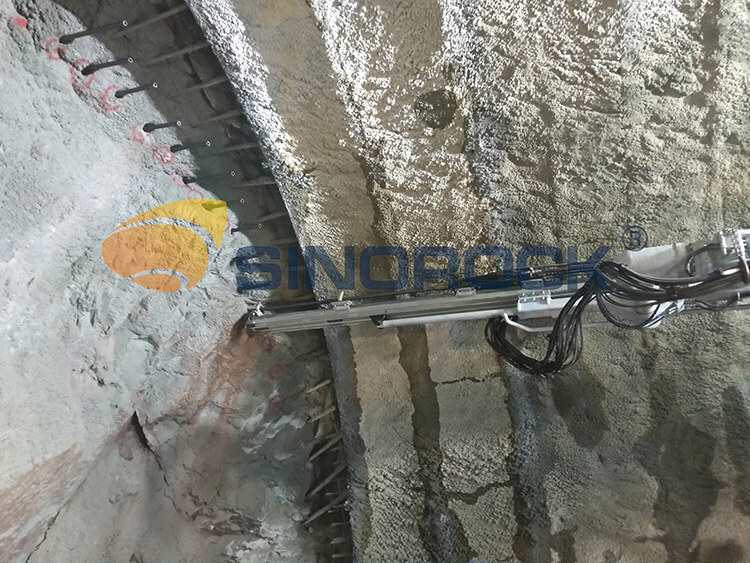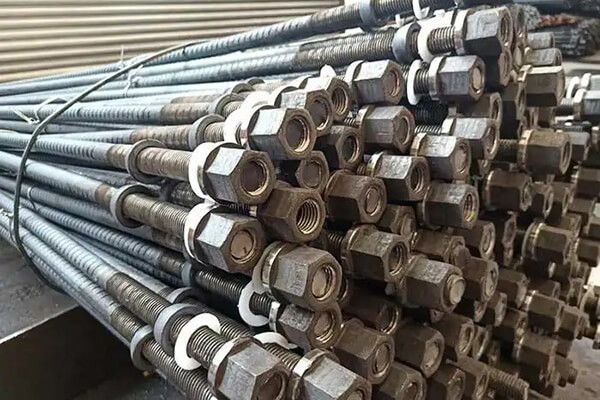Ingenious Rock Anchors for Boosted Building Support
Innovative rock anchors have increasingly become a focal factor in building and construction engineering, specifically as projects demand better security and effectiveness. As we think about the effects of smart sensing units and sustainable methods, one must ask: exactly how will these growths redefine the future of building support?
Evolution of Rock Anchors
The advancement of rock anchors has substantially transformed construction practices over the past century. Rock anchoring methods were primary, depending on easy mechanical tools and basic materials. As engineering techniques advanced, so did the understanding of geological conditions and the demand for reputable securing systems - Williams Anchors. The mid-20th century saw the introduction of high-strength steel ligaments, which offered boosted load-bearing capacities, enabling more enthusiastic building and construction projects in challenging surfaces.
In tandem with advancements in materials scientific research, the growth of grouting methods enhanced the bond in between the support and surrounding rock, resulting in increased stability and sturdiness. The integration of modern technology right into style and testing processes has led to more specific and effective installment methods, further enhancing performance. Computer modeling and simulations currently allow engineers to anticipate support behavior under various conditions, enhancing security and dependability.
Additionally, the expanding focus on sustainability within building and construction techniques has actually brought about innovations in environmentally friendly materials and methods for rock anchoring. In general, the journey of rock anchors reflects the construction industry's adaptation to both technological innovations and the raising complexity of modern-day design obstacles.

Types of Modern Rock Anchors
Modern rock anchors been available in a selection of types, each developed to satisfy certain design needs and geological conditions. The most common types include grouted supports, which include putting a steel tendon into a drilled hole and filling the space with grout to produce a solid bond with the surrounding rock - Williams Anchors. These anchors are typically utilized in applications needing high lots abilities
An additional extensively made use of kind is the mechanical support, which counts on mechanical tools to secure the anchor in position without the need for grouting. These supports are preferred in circumstances where instant load-bearing capability is necessary.
In addition, there are post-tensioned supports, which are mounted tensioned to provide security to frameworks such as bridges and preserving wall surfaces. These supports assist to combat tensile forces acting on the framework.
Advantages of Ingenious Styles
Development in rock anchor design brings various advantages that enhance construction efficiency and structural honesty. Modern designs utilize sophisticated materials and engineering techniques to significantly enhance load-bearing abilities. These ingenious anchors are frequently created from high-strength steel or composite materials, which not only reduce weight yet likewise enhance resistance to deterioration, making sure durability and dependability in different environmental problems.
Moreover, using computer-aided style (CAD) and finite component analysis (FEA) enables exact modeling and testing of support performance under real-world problems. This leads to anchors that can be customized to particular project demands, optimizing their performance and decreasing the need for over-engineering, which can be both set you back and resource-intensive.

Study in Building
Real-world applications of innovative rock support styles highlight their transformative influence on building and construction projects. One remarkable study involves the read this article building of a high-rise building in a seismically energetic region. Designers employed progressed rock anchoring strategies that used high-strength products, guaranteeing the framework's stability against possible earthquakes. The supports were purposefully put to boost load distribution and decrease settlement, eventually leading to a much more resistant foundation.
One more substantial example can be found in the development of a transport passage. Innovative rock supports were used to secure the passage wall surfaces, permitting for deeper excavation without jeopardizing security. The implementation of grouted rock supports offered raised tensile stamina, allowing workers to advance the project immediately.
In a third situation, a major dam project incorporated rock anchors to maintain the embankment. Making use of corrosion-resistant products in the anchors ensured long-term sturdiness, minimizing upkeep prices and boosting safety and security criteria.
These study show the performance of cutting-edge rock support styles in attending to complicated design difficulties, highlighting their vital function in modern construction practices. The successful end results highlight the demand for ongoing investment in sophisticated anchoring technologies to satisfy advancing construction demands.
Future Trends in Rock Anchoring
As building and construction needs develop, the future of rock anchoring is poised for significant advancements that will certainly boost safety and security and effectiveness in various applications - Williams Anchors. Emerging modern technologies, such as wise sensors and real-time monitoring systems, are anticipated to play a critical function in the advancement of more trusted securing services. These innovations will certainly enable for continuous analysis of support performance, making it possible for timely interventions and decreasing dangers connected with architectural stability
Furthermore, the integration of sustainable products and practices is coming to be increasingly vital in the construction sector. Future rock anchors may have a peek here include environmentally friendly products that decrease ecological influence while preserving efficiency standards. Advancements in materials scientific research can lead to the advancement of high-strength, light-weight supports that streamline setup procedures and lower labor costs.

Final Thought
In verdict, cutting-edge rock supports represent a considerable development in construction support, resolving the difficulties posed by varied try this geological problems. The advancement of modern layouts, consisting of grouted and post-tensioned anchors, enhances load-bearing capacities while promoting stability.